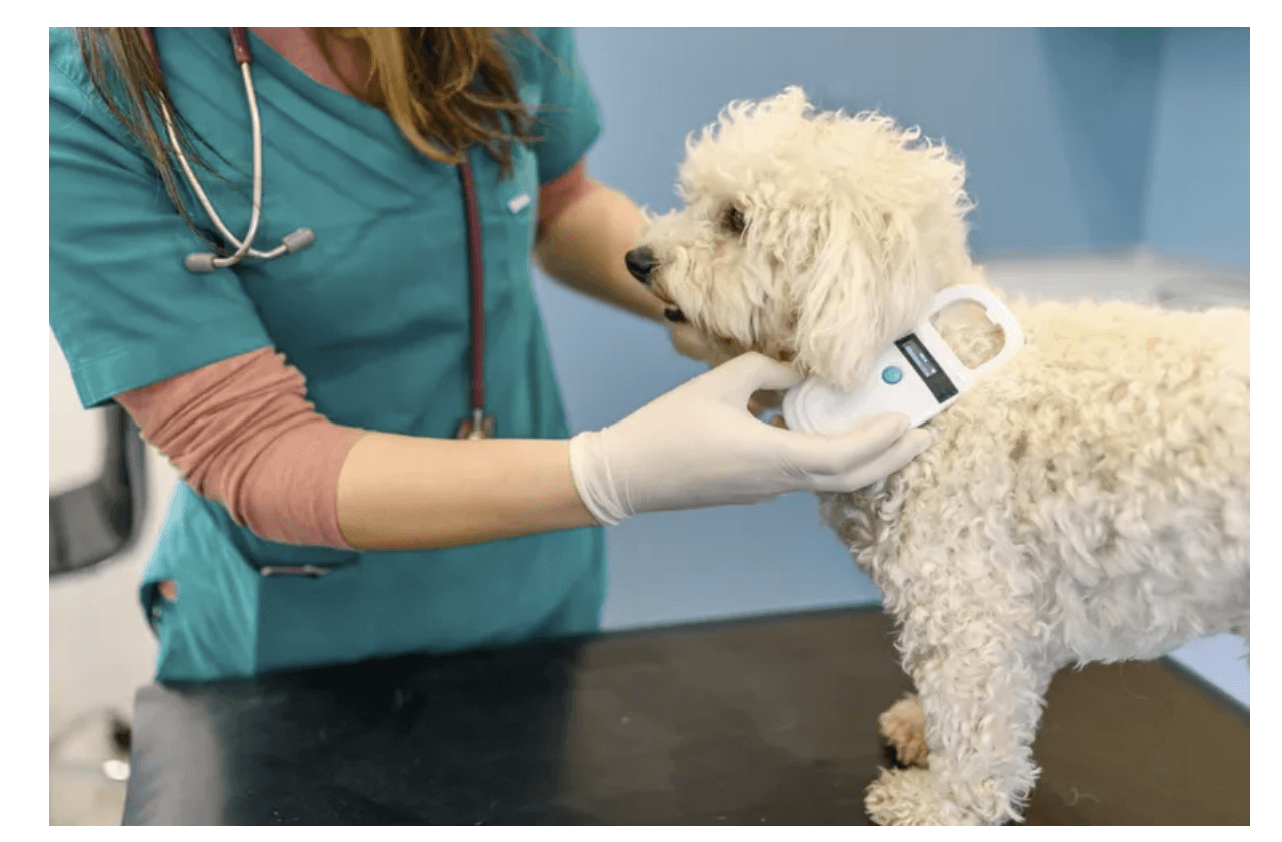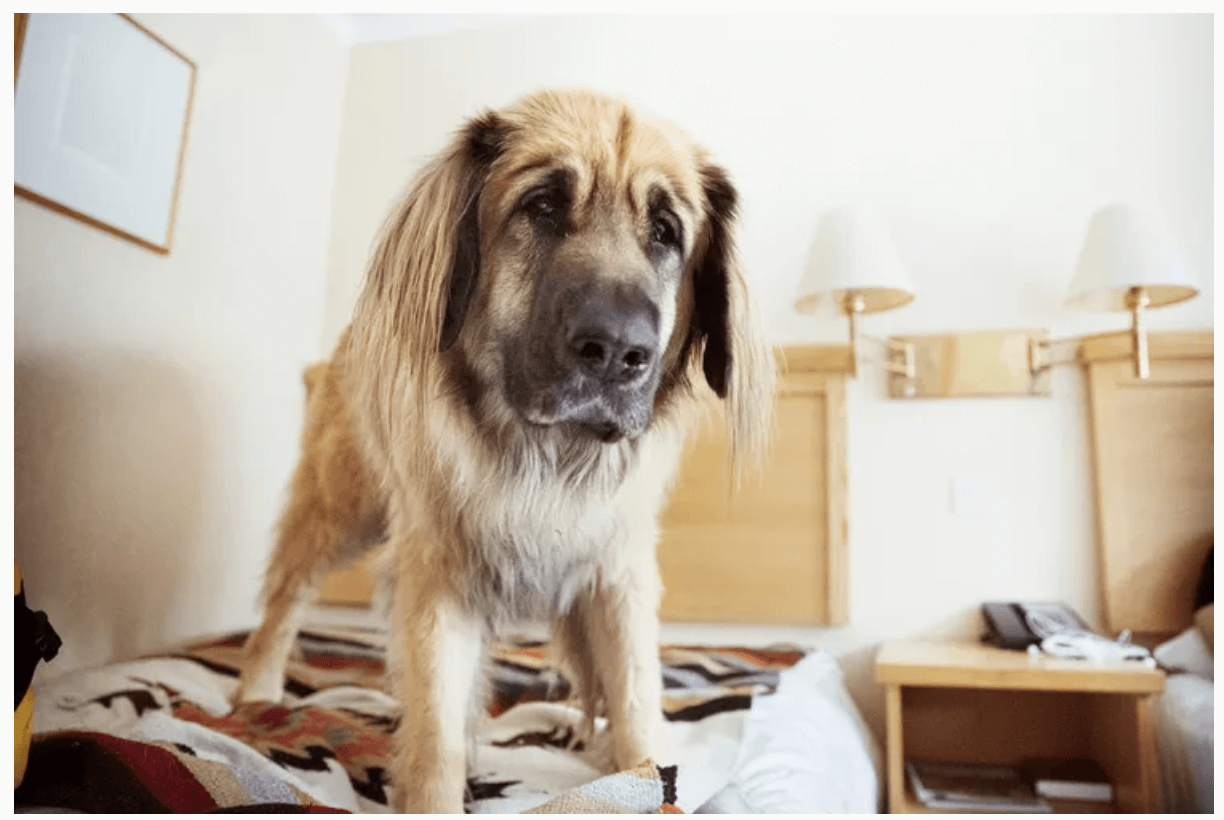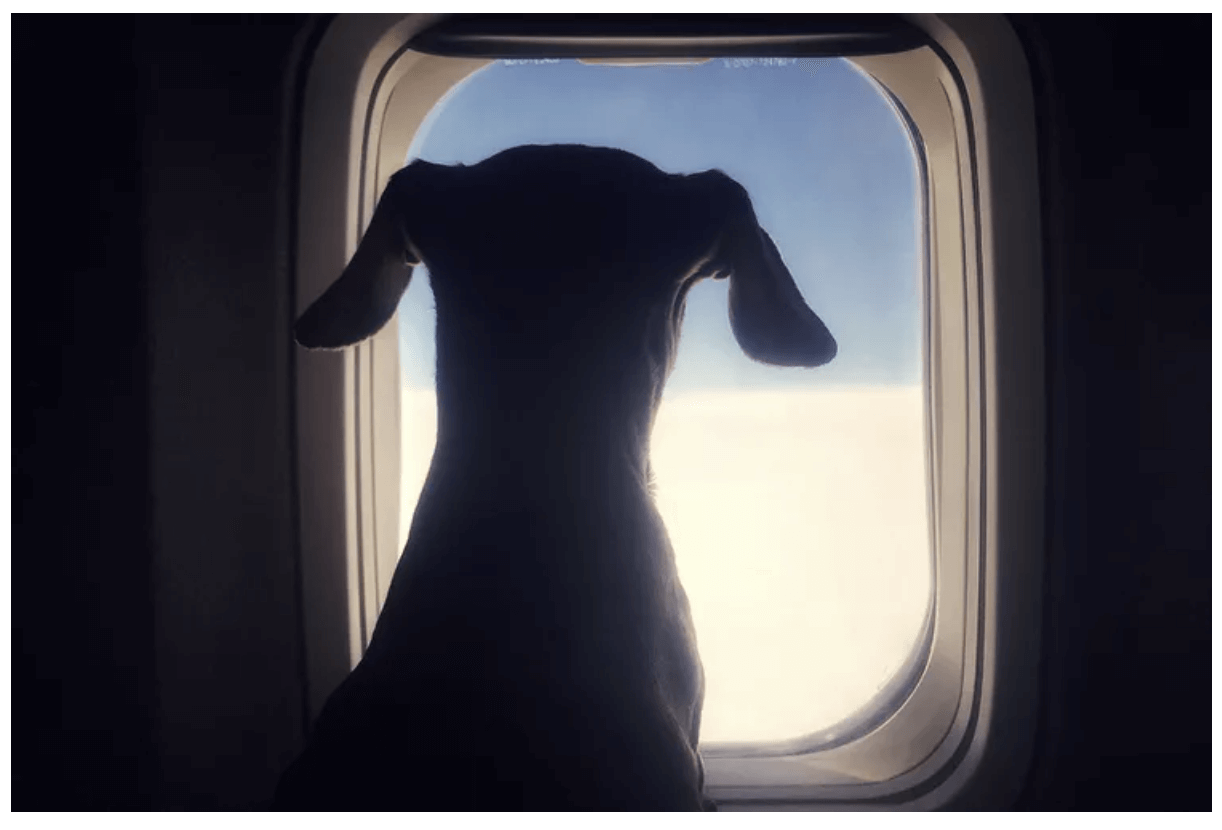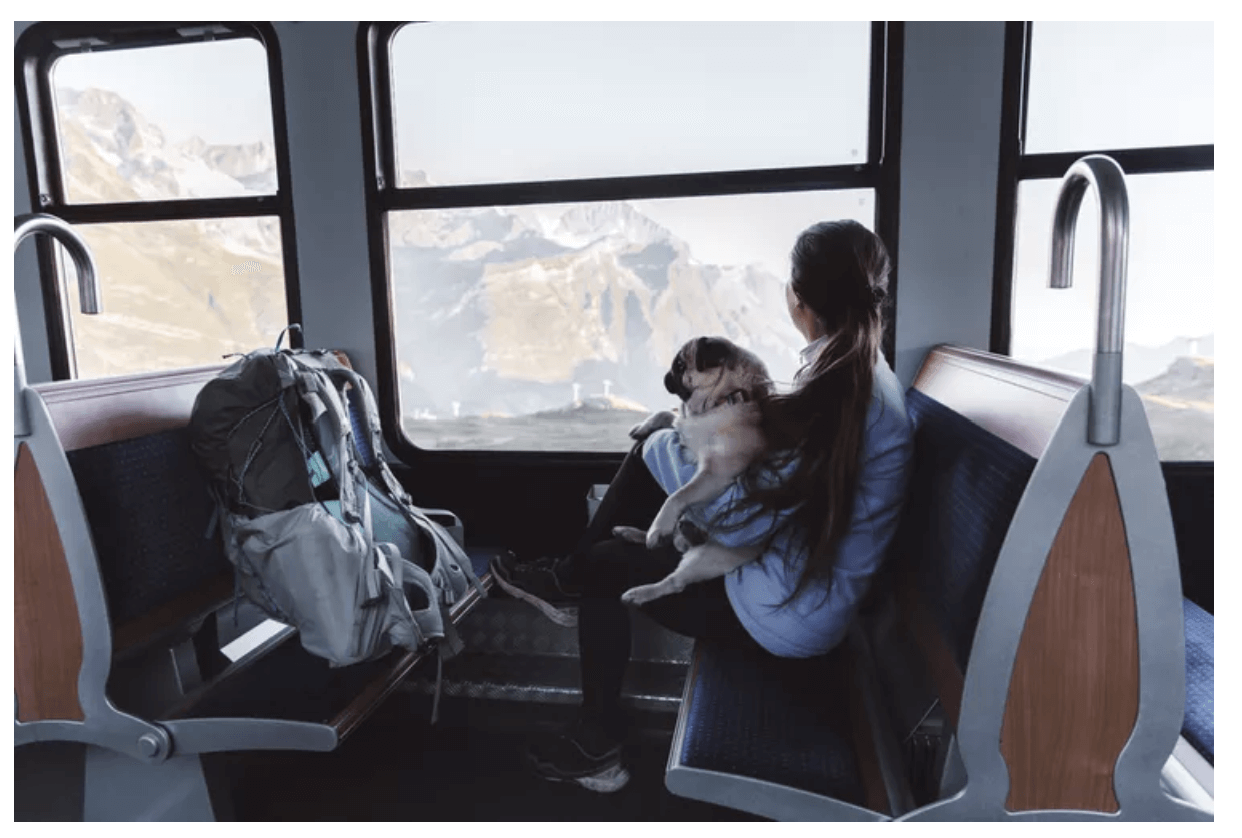Why Leave Your Furry Friend Behind? Let’s Hit the Road Together!
Hey there, fellow pet lovers! Are you dreaming of your next big adventure but can’t bear the thought of leaving your four-legged companion behind? Well, you’re in luck! We’ve got the inside scoop on how to make traveling with your pets a breeze. Whether you’re planning a cross-country road trip, a train journey, or even taking to the skies, we’ve got you covered. So, grab a cup of coffee (and maybe a treat for your furry friend), and let’s dive into the world of pet-friendly travel!
The Pre-Trip Checklist: Setting the Stage for Success
Before you start packing your bags (and your pet’s favorite toys), there’s some groundwork to be done. Trust us, a little preparation goes a long way in ensuring a smooth journey for both you and your four-legged companion.
Vaccination Station: Keeping Your Pet Healthy on the Go
First things first, let’s talk about those all-important vaccinations. Dr. Jeff Werber, the chief veterinary officer for Airvet Telemedicine, emphasizes the importance of keeping your pet’s shots up to date. Here’s the lowdown:
- Core vaccines are typically given when your pet is young and updated every three years.
- Your vet might recommend additional vaccines based on your travel plans.
- Different vaccines have varying timelines for immunity, so give your vet a heads-up about your travel plans ASAP.
Remember, if you’re heading to a destination where your pet might be at higher risk for certain diseases, they may need extra protection. Better safe than sorry, right?
Health Certificates: Your Pet’s Passport to Adventure

Just like we need passports, our pets need health certificates for certain types of travel. Dr. Jerry Klein, the American Kennel Club’s chief veterinary officer, explains that these documents are often checked when entering new states or countries. Here’s what you need to know:
- Your vet will provide a health certificate.
- For international travel, you may need a USDA-accredited veterinarian to vet the certificate.
- Some cases might require a notary stamp for verification.
Without this crucial document, your furry friend might be denied entry to your destination country. Talk about a vacation buzzkill!
Microchipping: A Tiny Chip for Big Peace of Mind
Picture this: You’re in a new city, and suddenly your pet goes missing. Scary, right? That’s where microchipping comes in. Dr. Klein strongly recommends this simple procedure before traveling. Here’s why it’s a game-changer:
- It’s a quick, in-office procedure done by your vet.
- The chip is linked to your current contact information.
- If your pet is found, the microchip tag can be used to determine ownership without contacting a vet.
It’s like giving your pet a permanent, high-tech ID tag. Pretty cool, huh?
Pack that Chow: Keeping Your Pet Well-Fed on the Go
When it comes to pet food, consistency is key. Dr. Brian J. Bourquin, founder and chief medical officer at Boston Veterinary Clinic, offers these tasty tips:
- Skip feeding your pet on the morning of travel to reduce nausea.
- Measure out enough food for each day of your trip, plus some extra for unexpected delays.
- Don’t forget the treats! They’re great for rewarding good behavior and providing comfort.
Remember, a well-fed pet is a happy pet!
Road Trippin’ with Rover: Making Car Travel a Breeze
There’s something magical about a road trip, isn’t there? The open road, the wind in your hair (or fur), and the endless possibilities. But how do we make sure our pets enjoy the ride as much as we do? Let’s find out!
Car Comfort 101: Introducing Your Pet to Vehicle Vibes
For some pets, a car ride is the highlight of their day. For others, it’s a one-way ticket to Anxiety Town. Dr. Mary R. Burch, a certified applied animal behaviorist, suggests introducing your pet to the car gradually. Here’s a step-by-step guide:
- Start by putting your pet in the backseat for a few minutes. Stay outside, and when they’re calm, reward them with a treat.
- Next, get into the driver’s seat while your pet is in the back. Praise them for good behavior.
- Start the engine and wait a few minutes before getting out.
- Once they’re comfortable with this, take short trips to fun places like the park.
Remember, patience is key. Rome wasn’t built in a day, and your pet won’t become a road trip pro overnight!
Safety First: Keeping Your Pet Secure on the Move

We all love the idea of our furry friend sitting on our lap as we drive, but let’s face it – it’s not safe. Dr. Werber emphasizes the importance of proper restraints:
- Use a harness that attaches to a seat belt.
- Consider an enclosed carrier.
- Your pet’s regular crate can be a great option – it’s familiar and comforting.
Think of it as a seatbelt for your four-legged friend. Safety first, always!
Pit Stop Planning: Mapping Out Your Journey
Before you hit the road, take a leaf out of travel expert Josh Viner’s book. He recommends:
- Mapping out your route in advance.
- Being aware of construction zones and heavy traffic areas.
- Planning regular pit stops for your pet to stretch, use the bathroom, and burn off some energy.
Remember, a little planning goes a long way in making the journey enjoyable for everyone!
All Aboard the Pet Express: Tips for Train Travel
Choo-choo! There’s something romantic about train travel, isn’t there? But how do we make sure our pets enjoy the ride? Let’s explore!
Carrier Comfort: Making the Crate a Happy Place
For most train journeys, your pet will need to be in a carry bag. Dr. Burch suggests making the carrier a positive space:
- Use a well-ventilated carrier with both top and side openings.
- Start by letting your pet smell the carrier and rewarding them with treats.
- Gradually increase the time they spend in the carrier, always associating it with positive experiences.
Think of it as creating a cozy, mobile home for your pet!
Station Sensation: Familiarizing Your Pet with Train Stations
Train stations can be overwhelming for humans, let alone pets! Dr. Burch recommends:
- Visiting the train station with your pet before your trip.
- Walking down the steps to the train and along the platform.
- Getting your pet used to the sights, sounds, and smells of the station.
It’s like a dress rehearsal for your big travel day!
Break Time: Planning for Pet Relief
Unlike cars, trains don’t stop just because your pet needs a bathroom break. Viner suggests:
- Talking to the train staff about which stops are best for pet relief breaks.
- Focusing on major city stops, which tend to be longer.
- Planning your pet’s feeding schedule around these breaks.
A little planning can prevent a lot of… well, accidents!
Up, Up, and Away: Navigating Air Travel with Pets
Flying with pets can seem daunting, but with the right preparation, it can be a smooth experience. Let’s soar through some tips!
Airline Regulations: Knowing the Rules of the Sky
Before you book those tickets, remember:
- Every airline has different pet policies.
- Check size restrictions for under-seat and cargo transportation.
- Understand exactly where your pet will be during the flight.
Knowledge is power, especially when it comes to air travel with pets!
Crate Training: Preparing for Long Flights
Whether your pet is in the cabin or cargo, they’ll need to be comfortable in their carrier for several hours. Dr. Burch suggests:
- Practicing long periods in the carrier at home.
- Taking your pet to outdoor restaurants and letting them nap in the carrier.
- Using sound machines to mimic airplane noises.
It’s all about making the unfamiliar familiar!
Packing for the Skies: In-Flight Essentials
Viner recommends stocking your pet’s carrier with:
- Water
- Non-squeaking toys (to avoid annoying fellow passengers)
- Plenty of treats
- And most importantly – you! Offer comfort whenever possible.
Think of it as creating a little oasis of comfort in the sky!
Home Away from Home: Pet-Friendly Accommodations
You’ve arrived at your destination – now what? Let’s look at how to make your temporary home pet-friendly!
Routine Matters: Keeping Your Pet’s Schedule

Even on vacation, pets thrive on routine. Dr. Werber advises:
- Sticking to regular feeding and walking schedules as much as possible.
- Bringing familiar items like toys, bedding, and bowls.
It’s like creating a little slice of home wherever you go!
Choosing the Right Stay: Pet-Friendly Properties
When it comes to accommodations, think pet-first! Look for:
- Hotels or rentals that specifically cater to pets.
- Properties with easy access to green spaces or beaches.
- Places that provide pet amenities like water bowls or dog beds.
Remember, a happy pet means a happy vacation for everyone!
Alone Time: Making Your Pet Comfortable When You’re Out
If you need to leave your pet alone in the hotel room, Dr. Burch suggests:
- Leaving the TV on for background noise.
- Providing a toy stuffed with treats to keep them occupied.
- Considering a pet sitter if you’ll be gone for extended periods.
It’s all about making sure your furry friend feels safe and content, even when you’re not around.
Wrapping It Up: Your Ticket to Pet-Friendly Travel Success
Phew! We’ve covered a lot of ground, haven’t we? From vaccinations to hotel stays, we’ve explored all the ins and outs of traveling with your furry friend. Remember, the key to successful pet travel is preparation, patience, and a whole lot of love.
So, what are you waiting for? Start planning that pet-friendly getaway! Whether you’re dreaming of a beach vacation, a mountain retreat, or a city adventure, your four-legged companion is ready to join you. After all, the best memories are the ones we make together – humans and pets alike.
Happy travels, and may your journeys be filled with wagging tails, purrs of contentment, and lots of unforgettable moments!
FAQs: Your Burning Questions Answered
- Q: Can I take my pet on any airline? A: Not all airlines allow pets, and those that do have varying policies. Always check with the specific airline before booking.
- Q: How often should I stop for breaks during a road trip with my pet? A: It’s recommended to stop every 2-3 hours for water, bathroom breaks, and exercise.
- Q: Are there any breeds that aren’t allowed to fly? A: Some airlines restrict certain breeds, particularly snub-nosed dogs and cats, due to breathing concerns. Always check with your airline.
- Q: What should I do if my pet gets anxious during travel? A: Consult with your vet beforehand. They may recommend calming aids or techniques to help your pet relax.
- Q: How can I find pet-friendly accommodations? A: Many booking websites have filters for pet-friendly options. You can also call hotels directly or look for vacation rentals that welcome pets.

